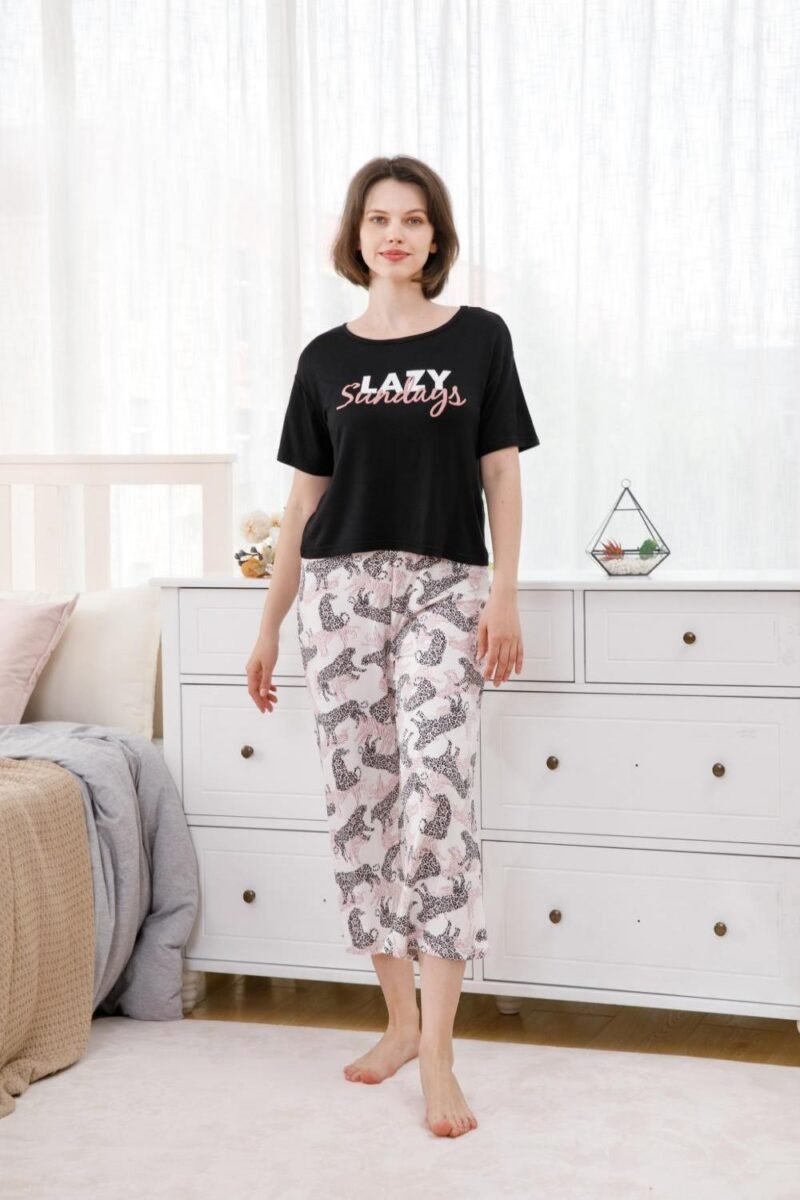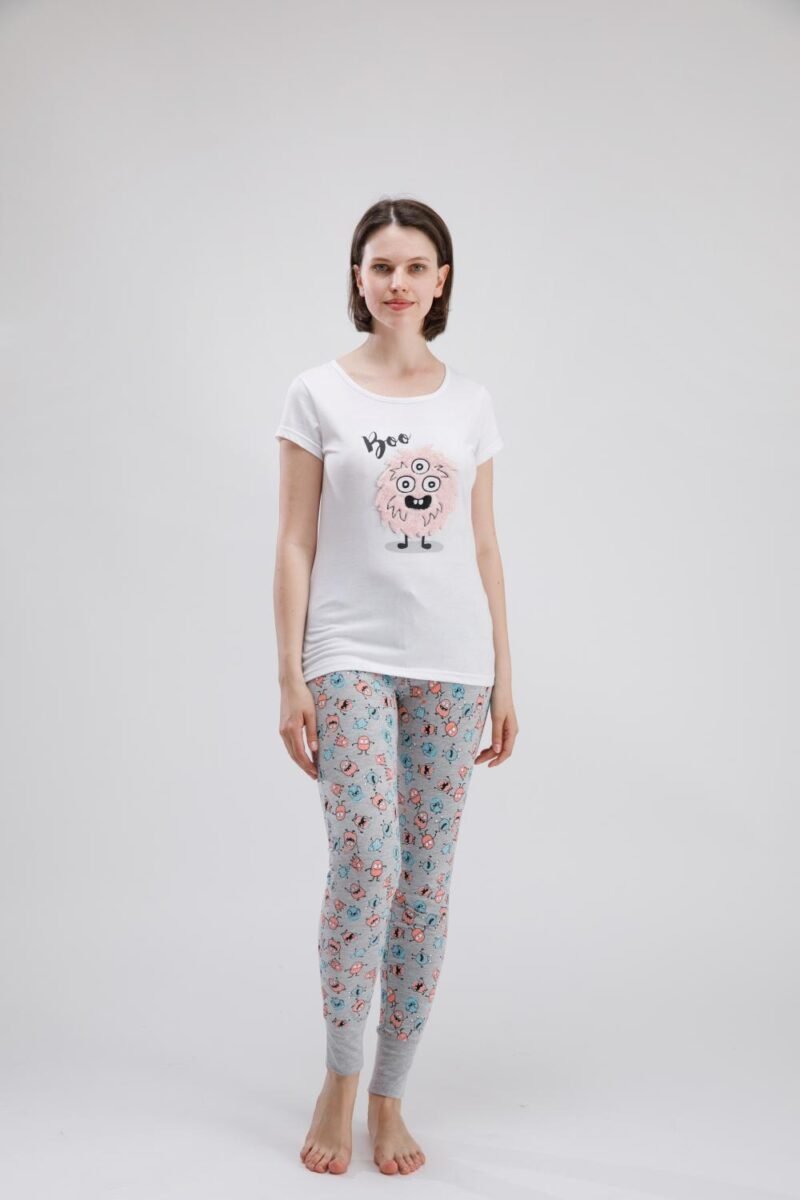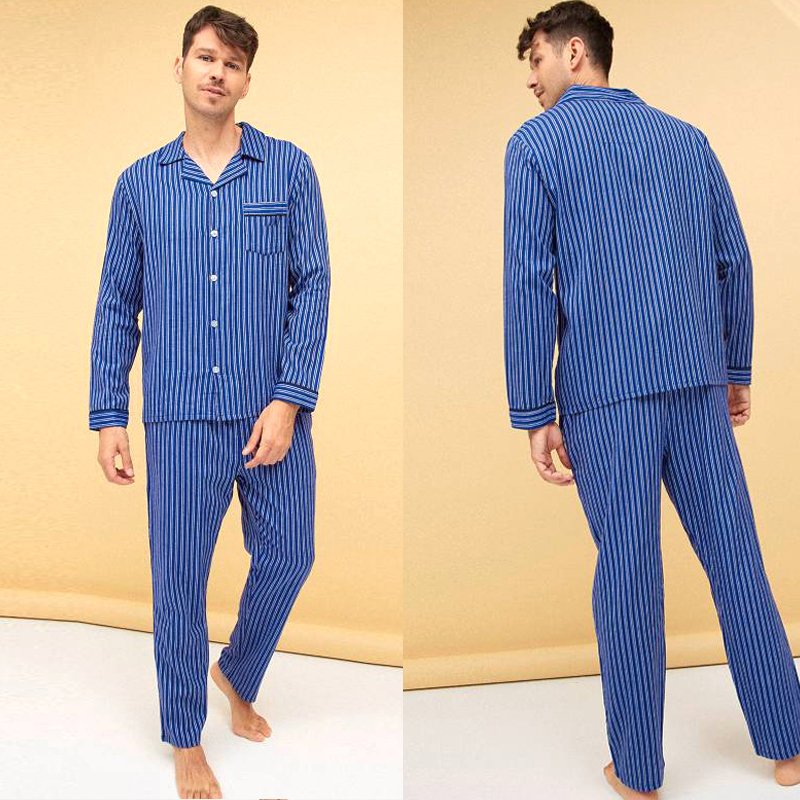The sleepwear industry is booming, making now the perfect time to learn how to start a pajama business. With rising demand for comfort and loungewear, this growing market offers exciting opportunities for new brands.

You Wanna Start a Pajama Business?
Why Pajamas? The Sleepwear Boom Explained
Let’s be real—pajamas aren’t just for bedtime anymore. These days, they’re brunch outfits, work-from-home uniforms, and yes, even airport fashion. The global sleepwear market is exploding, and if you’ve been thinking, “I could totally start a pajama brand,” you’re not wrong.
People want comfort. They want soft, cute, breathable fabrics. They want to feel good at home, and pajamas are a big part of that. And guess what? You don’t need to be a fashion designer or own a massive warehouse to get in the game.
Our Journey as a Pajama Manufacturer – What We’ve Learned
We’ve been manufacturing pajamas for years—seeing both fresh startups and massive brands scale. And through it all, we’ve noticed what works and what really doesn’t. So we figured, why not share it all? From fabric choices to legal red tape, we’ve got your back.
Crafting Your Pajama Dream Brand Identity
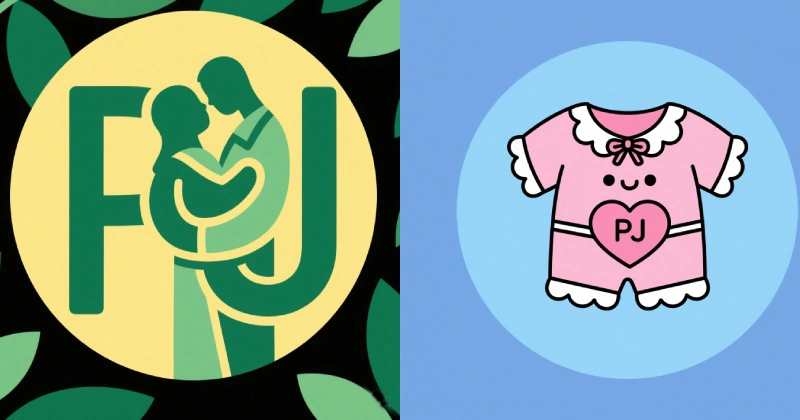
Finding Your “Why” and Vision
Before you pick out fabrics or launch a website, ask yourself: Why pajamas?
Maybe you’re passionate about slow fashion. Maybe you want to create matching family sets. Whatever it is, your “why” will drive your brand voice and vibe.
Choosing a Memorable Pajama Brand Name
This is your identity! Make sure the name is:
- Easy to spell
- Not already trademarked
- Available on Aliyun and Namesilo
Pro Tip: Use tools like Namechk or GoDaddy to check availability fast.
Pajama Logo & Vibe: Design Tips for Beginners
Don’t overthink it. Soft, cozy colors (like pastel tones) work great. Canva and Looka are solid for DIY logos if you’re just getting started.
Know Thy Customer – Target Market Breakdown
Who Buys Pajamas (And Why It Matters)
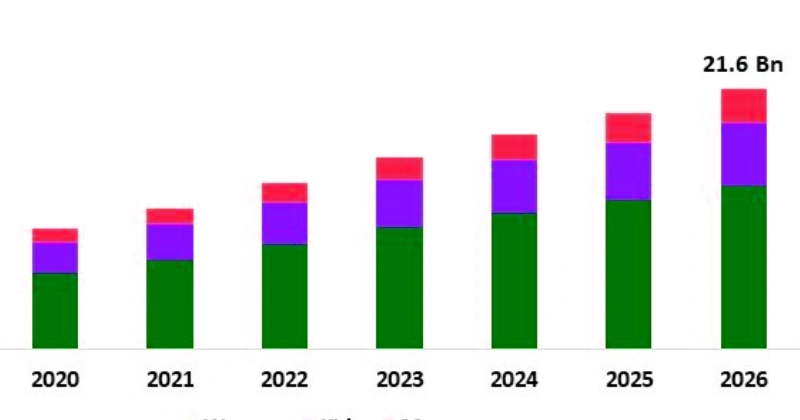
We see buyers fall into key categories:
- Moms buying for kids
- Couples gifting each other
- Teen girls looking for trendy sleep sets
- Millennials working remotely
So, women’s pajamas and children’s pajamas have the largest market share and the best profits. Of course, men’s pajamas have now become a large-scale market in some countries.
Knowing who you’re selling to helps you design, price, and market smarter.
Niche vs. Broad Audience – Pros and Cons
Going niche (like “luxury silk PJs for women”) lets you stand out fast. But broader markets can scale easier. Start small, then widen later.
Pajama Styles That Sell in 2025
When it comes to pajamas, both classic and trendy styles have their loyal followers, and in 2025, the best-selling brands are the ones blending both worlds. Classic pajamas—like button-down sets, soft robes, and tapered jogger-style bottoms—are timeless staples that customers return to for their comfort and familiarity. They’re especially popular as gifts or in matching family sets.
On the flip side, trendy pajama designs are stealing the spotlight on social media. Think cottagecore aesthetics with floral patterns and lace trim, nostalgic tie-dye prints, and even quirky items like matching pet-and-owner sets. These designs are great for driving impulse buys and viral content online.
Fabric plays a huge role in what sells too. Cotton remains the go-to for breathability and affordability. Bamboo is leading the sustainable trend with its ultra-soft feel and eco-friendly appeal. For a touch of luxury, satin pajamas remain a top seller, particularly in women’s lines. Meanwhile, modal is gaining momentum thanks to its buttery softness and durability.
Here’s a quick breakdown of popular styles and their features:
| Style/Fabric | Why It Sells | Popular Among |
|---|---|---|
| Button-down Sets | Timeless, versatile, and great for gifting | Men, Women, Family Sets |
| Cottagecore Pajamas | Trendy, aesthetic, and Instagram-worthy | Teens, Gen Z |
| Tie-Dye Prints | Fun, nostalgic, and eye-catching | Millennials, Teens |
| Matching Pet & Owner | Unique, sharable, and great for gifting | Pet Owners, Families |
| Cotton | Breathable, affordable, and easy-care | All Ages |
| Bamboo | Eco-friendly, ultra-soft, sustainable | Conscious Shoppers, Adults |
| Satin | Luxurious feel, perfect for glam vibes | Women, Gift Buyers |
| Modal | Durable, soft, holds color well | Everyday Wearers |
| Flannel | Warm, cozy, perfect for cold weather | Families, Winter Shoppers |
Pajama Product Design: Don’t Just Copy – Create!
DIY or Hire a Designer? Let’s Weigh the Options
If you’ve got an eye for aesthetics, try designing your first pieces with tools like Adobe Illustrator or Tailornova. Otherwise, hire freelance designers on Upwork or Fiverr.
Tools We Use: Pajama Design Software We Recommend
We personally love:
- CLO3D: For realistic 3D mockups
- Procreate (iPad): For fun pattern creation
- Illustrator: If you’ve got graphic skills
Pajama Fabric Matters More Than You Think
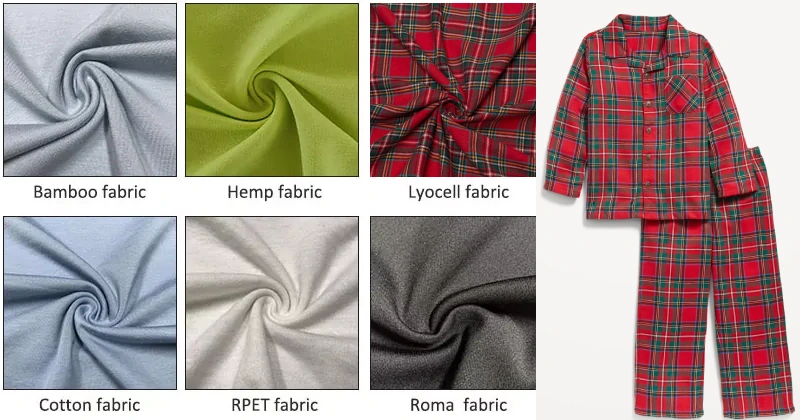
Cotton, Satin, Bamboo – What Works Best?
Trust us, fabric can make or break your pajama line. Customers may fall in love with your designs, but if the fabric feels scratchy or cheap, they won’t come back.
When you’re launching a pajama business, it’s tempting to focus only on style and design—but trust us, fabric is where the magic (or disaster) really happens. The right material can turn a casual customer into a loyal fan, while the wrong one can earn you returns and bad reviews.
Let’s talk about the big four fabrics dominating the pajama world in 2025: Cotton, Satin, Bamboo, and Flannel.
Cotton is the MVP of pajama fabrics. It’s breathable, affordable, and perfect for everyday wear. Great for all ages, cotton pajamas are easy to care for and work well year-round, especially in warmer climates.
Satin brings a touch of luxury. With its smooth, shiny finish, satin is ideal for glamorous sets or romantic sleepwear. Just keep in mind—while it looks stunning, it’s less breathable and can get warm in hot weather.
Bamboo is the darling of eco-conscious brands. It’s buttery-soft, naturally hypoallergenic, and incredibly breathable. Though it’s a bit pricier, the sustainability factor and comfort level make it totally worth it for premium pajama lines.
Flannel is the cozy classic, especially for fall and winter. With its brushed, slightly fuzzy texture, flannel traps warmth and feels like a soft hug. It’s perfect for matching family sets and holiday-themed collections.
Bottom line: each fabric has its purpose. Knowing your audience and when your pajamas will be worn helps you choose the fabric that sells—and keeps customers coming back.
Our Favorite Fabric Suppliers (and How to Pick Yours)
We recommend finding a local supplier if possible to save on shipping costs and sampling time. If you go international (like China or India), always ask for:
Choosing the right fabric supplier is one of the most important steps in creating high-quality pajamas. At Friendtex, we’ve partnered with both local and international suppliers to ensure we get the best blend of softness, durability, and sustainability in every pajama set we produce.
If you’re just starting out, we highly recommend finding a local supplier whenever possible. Local vendors can dramatically cut down shipping costs and shorten the turnaround time for fabric sampling. Plus, it’s easier to build relationships and communicate directly, which can help with custom requests or quality concerns.
If you opt to go international—like sourcing from popular textile hubs in China or India—be sure to ask the right questions upfront. At a minimum, request fabric swatches to check quality and texture before placing a bulk order. Always confirm lead times to avoid delays, especially if you’re working on a seasonal launch. Also, clarify the MOQ (Minimum Order Quantity) to make sure it aligns with your business size and inventory needs.
Doing your homework now saves you major headaches later. Trust us, a reliable fabric supplier is worth their weight in gold (or cotton!).
- Fabric swatches
- Lead times
- MOQ (Minimum Order Quantity)
Platforms like Alibaba, IndiaMART, and TradeIndia are great starting points.
Sample Time – Test Before You Invest
How to Get Quality Pajama Samples
No matter how excited you are to launch, never skip the sample stage. Ask your supplier for a sample in every color and size you plan to sell.
Our Step-by-Step Sample Review Process
- Check Fit: Try it on or have a model wear it.
- Wash Test: Toss it in the washer 2-3 times.
- Comfort Level: Wear it overnight. How does it feel?
- Durability Check: Any pilling, loose threads, or fading?
Once you’re happy with your samples, you’re ready to roll.
The Manufacturing Maze – Simplified
Small Batch vs. Large Scale: What’s Best for You?
- Small Batch: Ideal for beginners. Less upfront cost, easier to pivot.
- Large Scale: Better margins long-term but riskier if you’re still figuring out demand.
We recommend starting with 100-300 units. Trust us—selling out is a good problem to have.
Inside Our Pajama Factory – What to Expect
When you work with us (or any legit manufacturer), here’s what the process usually looks like:
- Submit your designs and tech pack
- Approve fabric swatches and samples
- Finalize order quantity and payment terms
- Receive your shipment (production takes 2–6 weeks)
Legal Stuff You Gotta Handle
Registering Your Business
Depending on where you live, you may need to:
- Register an LLC or sole proprietorship
- Get a business license
- Apply for a sales tax ID
Check your local government’s website for details.
Trademarking Your Brand & Designs
Your logo and name need protection. A registered trademark keeps others from copying your hard work.
Pro Tip: Use tools like LegalZoom or speak with a small business lawyer.
Privacy, IP & Online Store Policies
You’ll need a:
- Privacy Policy (especially if selling in the EU – hello GDPR)
- Terms of Service
- Return & Refund Policy
- Shipping Policy
Pricing 101: Don’t Undersell Yourself
Cost Breakdown & Margin Planning
Here’s a basic pricing formula:
(Cost of Goods + Packaging + Shipping + Overhead) x 2 to 3 = Retail Price
So if your pajama set costs $15 to produce, you should sell it for $30–$45.
Value vs. Cheap Pajamas – Finding Your Lane
Don’t try to compete with big box stores. Instead, offer value: better fabric, better designs, and better customer service.
How to Start a Pajama Business: Setting Up Shop (Yes, Online First!)
Shopify, Etsy, or Amazon – What We Recommend
- Shopify: Best for building your own branded store
- Etsy: Great for handmade or cute niche sets
- Amazon: High visibility, but lower profit margins
- WooCommerce: The simplest product management system
We suggest starting with Shopify because it’s easy to use and integrates with everything (like email and fulfillment).
What You Need on Your Pajama Product Page
- High-quality lifestyle photos
- Fabric details and sizing info
- Customer reviews
- Clear CTA (Add to Cart button, of course)
Marketing Magic That Doesn’t Burn Cash
TikTok, Instagram, and Influencer Strategy
In 2025, TikTok is still king. Create short, fun videos showing your pajamas in action.
Don’t forget:
- BTS content (how it’s made)
- Try-on hauls
- “A day in my PJs” vlogs
Reach out to micro-influencers with 5k–50k followers. Offer them a free set + affiliate link.
Email Campaigns That Actually Work
Start collecting emails from Day 1. Offer a 10% discount on first orders.
Must-have emails:
- Welcome series
- Abandoned cart
- Product restocks
- Pajama care tips
SEO for Pajamas: A Beginner’s Guide
Use keywords like:
- “Best pajamas for women”
- “Kids matching pajama sets”
- “Soft bamboo sleepwear”
Add these in your product titles, descriptions, and blog posts.
Social Proof & Reviews – Build Trust Fast
Getting Those First 20 Reviews
Ask family and friends to buy and leave a review. You can also:
- Offer a discount in exchange for a review
- Include a “review us” card in each order
Using UGC (User-Generated Content) Smartly
Encourage customers to tag you wearing your PJs. Repost them on your socials—real people build real trust.
Order Fulfillment: How to Ship Without Stress
In-House vs. 3PL vs. POD (Pros & Cons)
- In-House: Full control but time-consuming
- 3PL (Third-Party Logistics): Great for scaling
- POD (Print-on-Demand): No inventory needed, but less profit
Returns, Refunds & Customer Service Tips
Keep it simple:
- 30-day return window
- Clear instructions
- Friendly customer support
Happy customers = free marketing.
Scaling Like a Pro – What Comes After the Launch
Inventory Planning for Growth
Use Shopify analytics or inventory tools like Stocky to track what’s selling.
Wholesale & Retail Deals – Are They Worth It?
Yes, but start small. Try local boutiques or subscription boxes.
Growing Your Team: Who to Hire First
- Virtual assistant
- Social media manager
- Customer service rep
- Eventually: product development lead
Common Mistakes We See Beginners Make
Overcomplicating the Process
Don’t wait for perfection. Start small, test, and improve.
Ignoring Quality Control
Always double-check products before shipping. A small defect can cost you a bad review.
Giving Up Too Early
Most businesses fail because the owner quits. Stay patient, test different strategies, and keep going.
FAQ
Can I start a pajama business with $500?
Starting with a modest budget is feasible, especially if you opt for a print-on-demand (POD) model or initiate a micro-batch production with a local supplier. This approach minimizes upfront costs and inventory risks. Platforms like Printify and Shopify offer user-friendly interfaces to set up your online store efficiently.
Do I need to be a designer?
Not at all. Many successful pajama entrepreneurs begin without formal design training. You can leverage tools like Canva or Tailornova to create appealing designs. Additionally, hiring freelance designers from platforms like Fiverr or Upwork can bring your vision to life without the need for in-depth design skills.
How much profit can I realistically make?
Profit margins in the pajama industry can be quite healthy. Typically, small brands aim for a 50–70% profit margin. For instance, if you sell 100 pajama sets at $40 each, with a production cost of $15 per set, you could realize a profit of $2,500.
Can I sell pajamas under my own name?
Yes, you can. However, it’s advisable to register your brand name as a trademark to protect your intellectual property. This ensures legal protection and helps in building brand recognition. Additionally, securing domain names and social media handles aligned with your brand name is crucial for consistent branding.
Should I go eco-friendly from the start?
If sustainability aligns with your brand values and budget, it’s a commendable choice. Eco-friendly fabrics like bamboo, organic cotton, and recycled materials are increasingly popular among consumers. Brands like Cozy Earth have successfully capitalized on this trend, offering sustainable and luxurious sleepwear options.
What’s the best way to find customers online?
A multi-channel approach works best. Utilize social media platforms like TikTok and Instagram to showcase your products and engage with your audience. Email marketing is also effective for nurturing customer relationships and promoting new collections. Collaborating with influencers and encouraging user-generated content can further amplify your brand’s reach.
How to Start a Sleepwear Business
Starting a sleepwear business involves researching the market, identifying your target audience, and creating a unique brand concept. Focus on designing comfortable, stylish products using quality fabrics. Source reliable manufacturers and set up efficient production with quality control. Build sales channels through an e-commerce site, marketplaces, and retail partnerships. Promote your brand using social media, influencer collaborations, and targeted advertising. Manage finances carefully, register your business, and price products for profitability. Launch with a strong marketing campaign and continuously gather customer feedback to improve. With passion and planning, you can create a successful and sustainable sleepwear brand.
Conclusion
Why Now Is the Perfect Time to Start
People are investing more in comfort and self-care. Pajamas are no longer an afterthought—they’re a lifestyle. There’s room for everyone, especially unique and honest brands like yours.
Our Open Invite – Partner With Us
We’re not just here to tell you how it’s done—we’re here to help you do it. Whether you need fabric sourcing, samples, or a full production partner, we’d love to support your pajama journey.
Ready to launch your pajama brand? Let’s make bedtime beautiful together.

